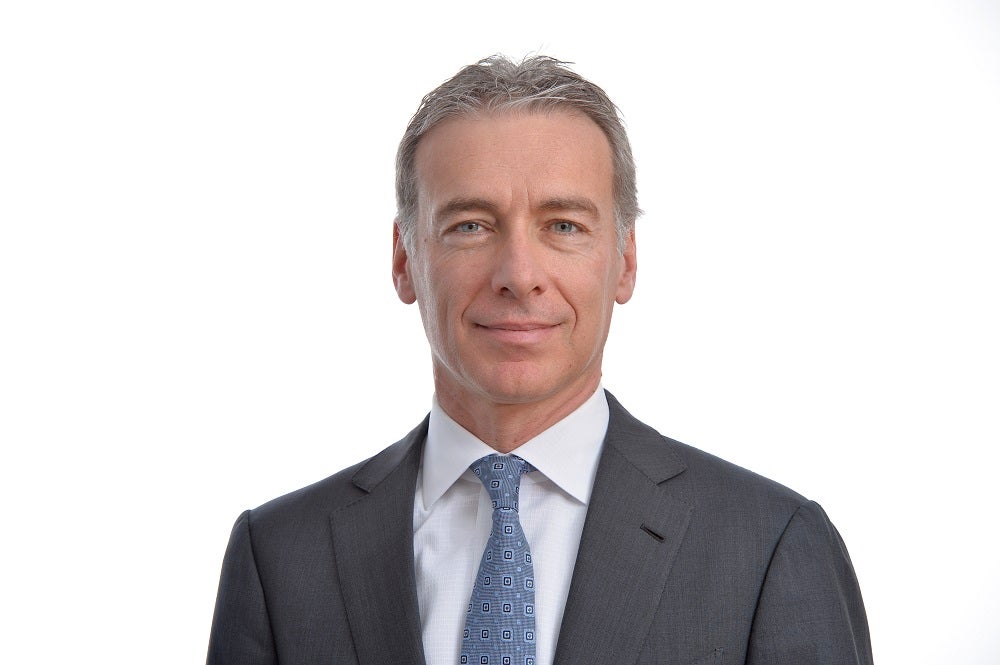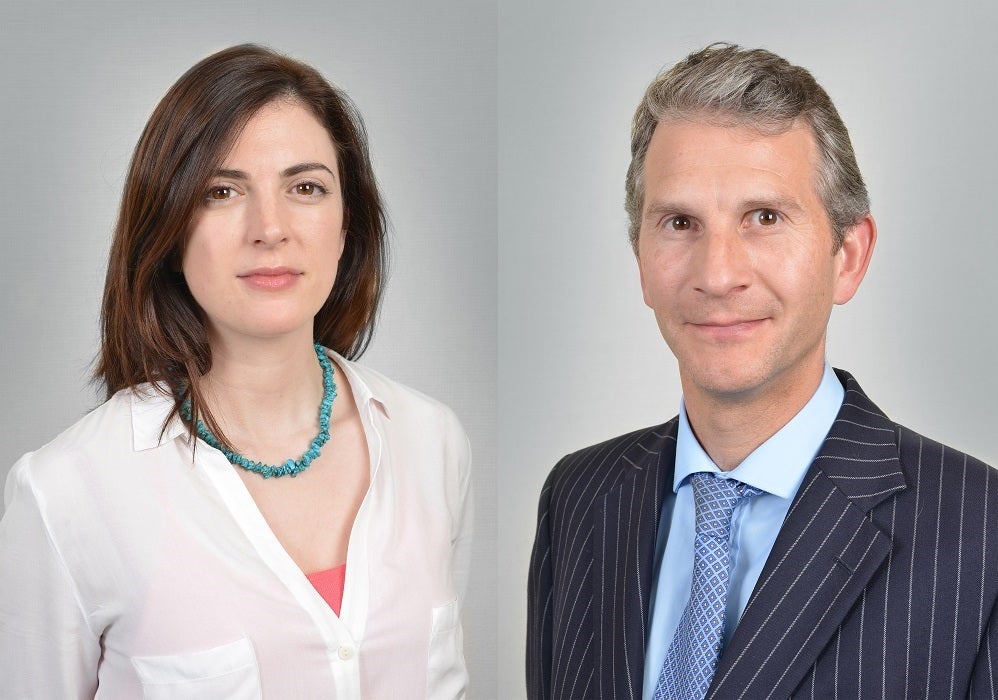
Jamie Crawley speaks to major banks about how they navigate the complex world of ESG and sustainable investing.
Interest in ESG and sustainable investing is one of the many sub-plots of private banks attempting to appeal to the next generation, for whom values, we are told, are paramount.
A sustainable investment strategy, then, is a must for any providers wishing to engage with this evolving client base.
But the area is a complicated one. Clients’ values are never black and white and capital markets are fraught with ESG-related nooks and crannies that must be taken into consideration.
David Craik wrote on this subject in April’s PBI, citing the example of sustainability concerns investors might have about cobalt mining practices used to produce electric car batteries. It is difficult to ensure one is not giving with one hand while simultaneously taking away with the other.
Sustainable investing and political guidelines
This is where the United Nations’ 17 Sustainable Developments Goals (SDGs) can present a handy framework in ESG reconciliation.
How well do you really know your competitors?
Access the most comprehensive Company Profiles on the market, powered by GlobalData. Save hours of research. Gain competitive edge.

Thank you!
Your download email will arrive shortly
Not ready to buy yet? Download a free sample
We are confident about the unique quality of our Company Profiles. However, we want you to make the most beneficial decision for your business, so we offer a free sample that you can download by submitting the below form
By GlobalDataThe SDGs came into effect in January 2016, as a call to action to help end poverty, protect the planet and build peace and prosperity. They will be the focus of the UN’s attention and funding until at least 2030, and are being embraced by many of the world’s largest banks as a guide for their sustainability policies.
Michael Baldinger, global head of sustainable and impact investing at UBS, spoke about this recently.

“A few years ago, I had lunch with the CEO of a $250 billion asset owner in Switzerland. This was maybe before the SDGs were launched, and he said, ‘Michael, I want to know what the impact is of every single dollar in the 250 billion.’
“Easier said than done, right?
“We had no clue how to measure that at the time. But then the SDGs came along, and they have really become a framework for institutional investors.
“We map out investments and we can say, ‘This addresses this goal, that addresses that goal’, so our investment strategies are clearly aligned.
“We, for example, run a climate-awareness strategy, which is our fastest-growing right now. A UK public pension fund came to us and said they would like to align their equity investments with the Paris Agreement goal to keep temperature increase below 2͒͑℃ above pre-industrial levels.
“The SDGs mean that sustainable investing is tangible and measurable. Sustainable investing is all about transparency, and as soon as you have that, you don’t give it up. As soon as you have this knowledge, you can’t ignore it.
“That’s the beauty of sustainable investing, and SDGs definitely help it.”
ESG smoke and mirrors
While the SDGs would appear to be extremely helpful in determining whether an investment is ethical and ESG-friendly, they may also provide a free pass for any company to make claims about the sustainability of their business model irrespective of where their profits originate.
For example, no fewer than six of the UN’s 17 SDGs, it can be argued, are linked to a healthy presence of employment. All businesses create jobs and so can claim, by their very existence, they comply with over a third of the SDGs.
Victoria Leggett, head of impact investment at UBP, explains how a focus on ESG and the SDGs can sometimes prove problematic and that closely measuring impact must be a priority.
“I think it’s a very interesting area, and a lot of industries are already doing this [showing how they meet the SDGs], and this is where the difference between ESG and impact investing is quite important.
“For example, tobacco companies. Some of them have scored very well from an ESG perspective: they take care of their farmers, they have diverse and independent boards, they look after their employees and pay them well. So from an operational standpoint, they can legitimately argue that they are being good corporate citizens.

“The problem is that their revenue stream is almost entirely based on killing people. And so, however genuine their efforts are on the operational side – and I believe some of these companies are very well run and can legitimately make that argument – they cannot alter their structural DNA, and that is what we focus on.
“Are their products or services that these companies sell doing harm or good? That sounds very simplistic, but it’s crucial, actually, because you can’t package that, you cannot manipulate that.”
Continuing with the example of tobacco, Leggett addresses the example of a company like Philip Morris demonstrating a sustainable and impact-mindful initiative with the promotion of smokeless tobacco. This, she argues, is still not enough to be considered an impact investment.
“For one, there will still be concern over whether vaping is proved to be just as harmful as smoking.
“However, even if it’s completely benign, it’s not doing anything positive from an impact perspective.
“So if it’s just benign and the company is well run, then, for sure, I could envisage a company like that having a place in a fund for good ESG practices.
“However, we are not just looking at ESG practices, but also picking companies that are fixing problems.
“I would argue that whatever form Philip Morris, for example, morphs into, it’s not fixing societal problems.
Hands-on fund managers and impact-savvy investors
“There are very few companies, particularly large ones, where this is completely black or white – I think tobacco is actually quite rare. Most companies do have legitimate claims, and we need them to strive to improve,” Leggett continues
An example would be BAE Systems which provides skilled work to a lot of people, but is involved in the arms industry.
Leggett’s colleague, Rupert Welchman, co-manager of UBP’s positive impact equity fund, stressing the need for banks to be engaged and avoid slipping into auto-pilot when it comes to assessing impact.
“The key observation here is about the direction of travel. We are trying to create a positive fund, where we are promoting those companies that have a positive impact.
“If you read a company’s sustainability report, it could be 600 pages long and they will prove that there are answering every element of the SDGs, but actually when you get into the nitty gritty, you realise that that’s possibly not the case.
“That’s where you need active fund managers to be opinionated about the true nature of companies.”
Leggett sums up: “I think the investor base is becoming increasingly sophisticated, and they’re not fooled. I’m talking about asset owners here, our end clients, and I think the asset managers, on the whole, are following suit.
“The SDGs are very colorful, and it’s very tempting for corporates to use those goals in their sustainability reports and such like.
“However, I think if you come back all the time to that question, ‘Are they creating good or harm through their revenue streams? Are they fixing problems or causing them?’ That’s the only question to ask really.”







